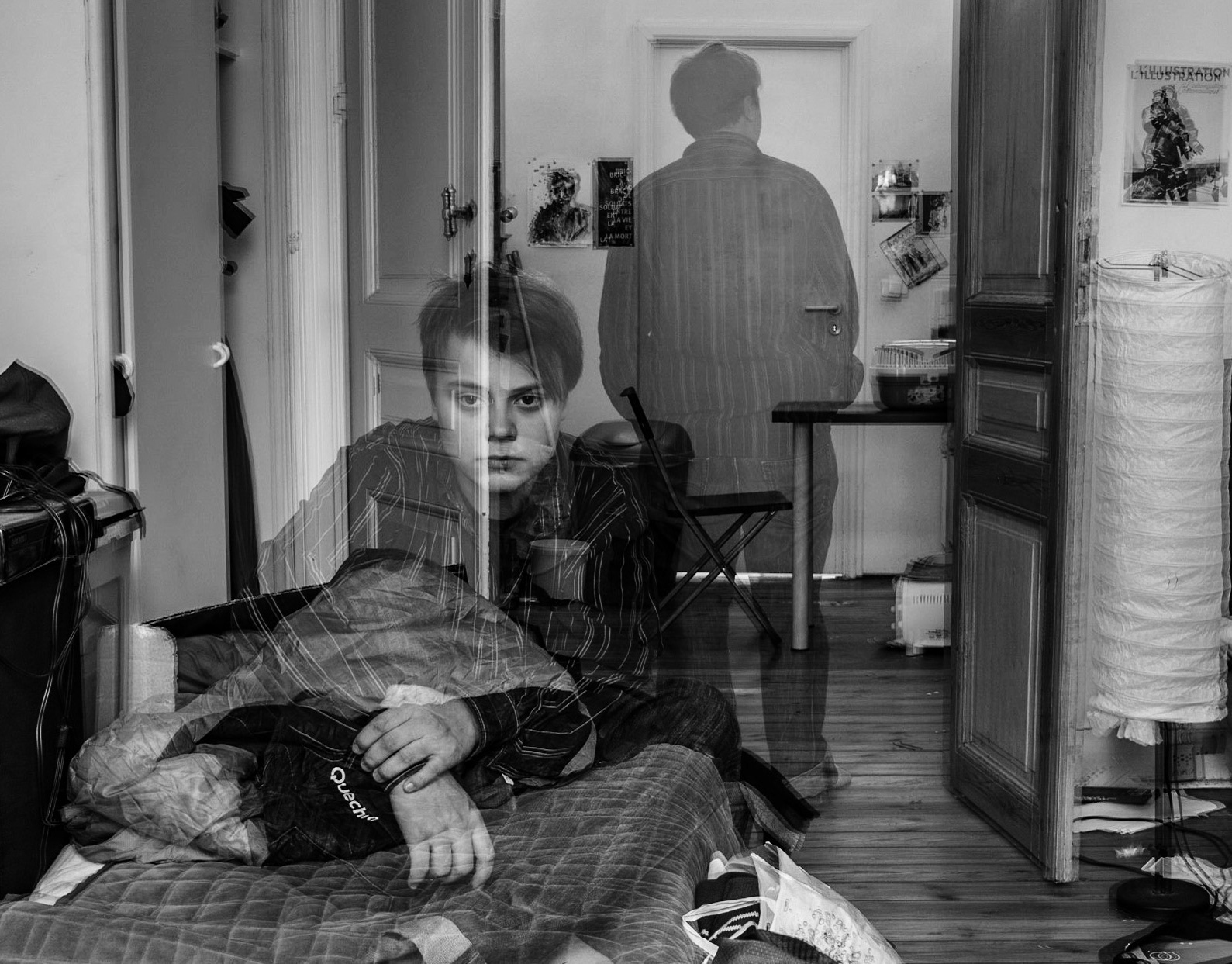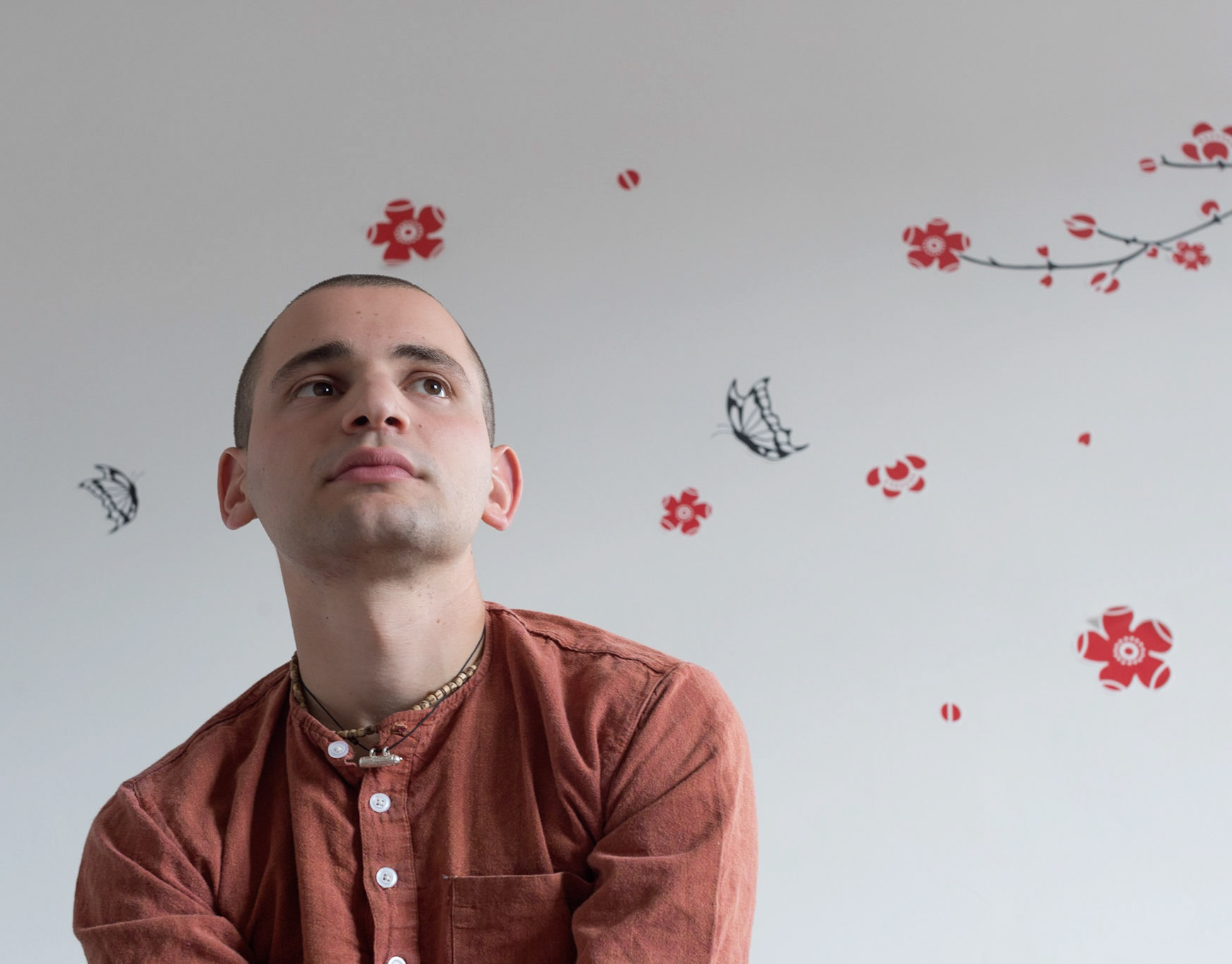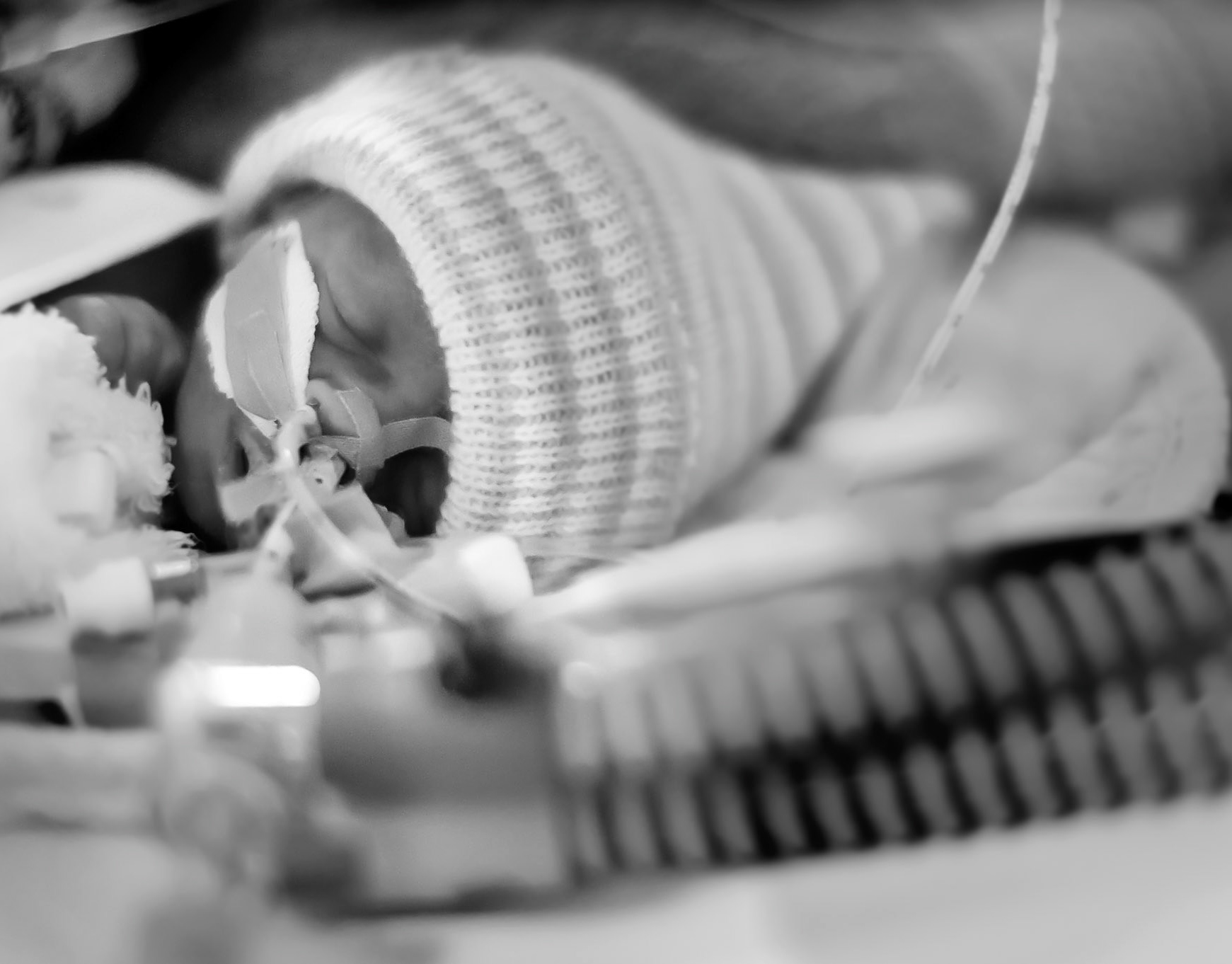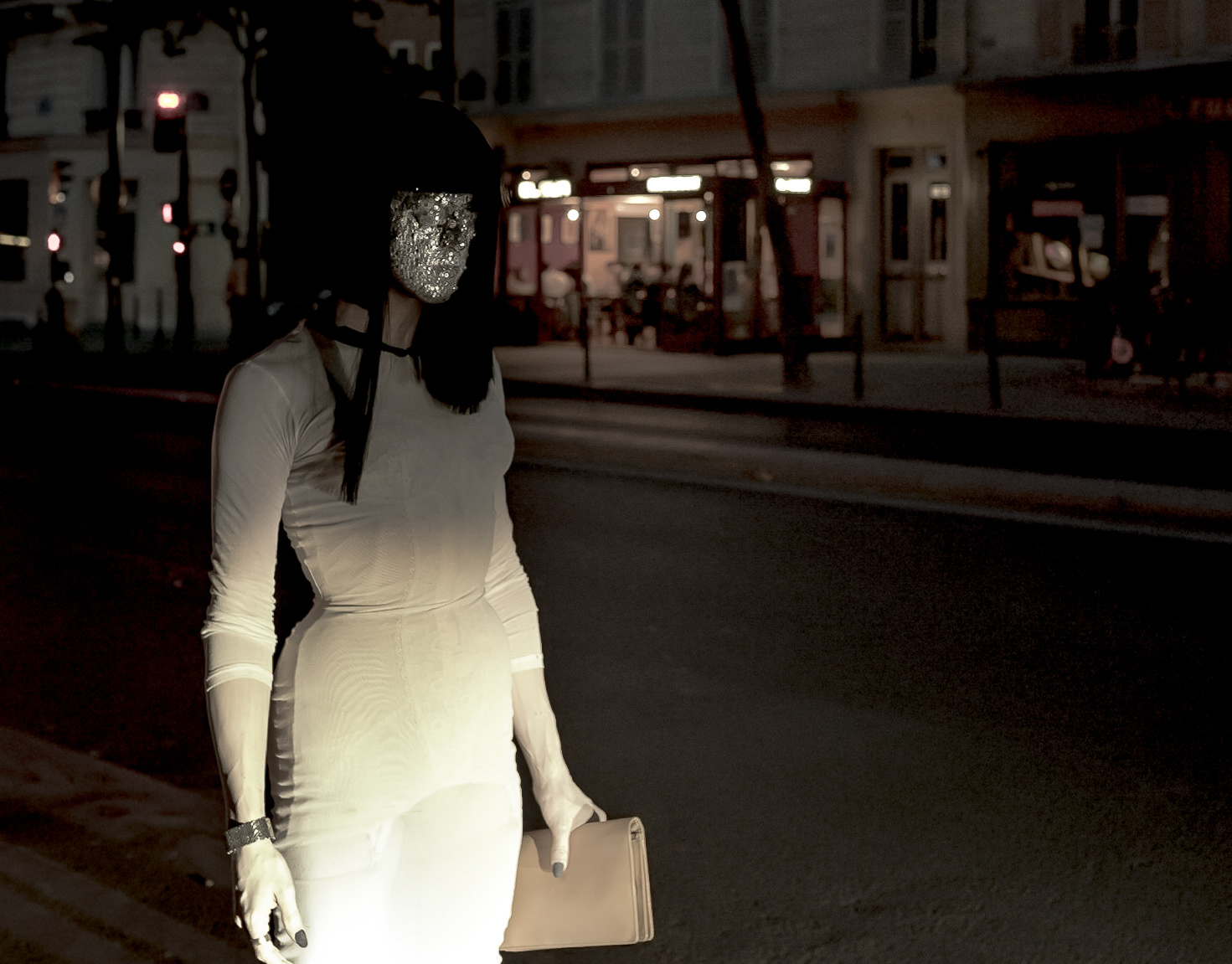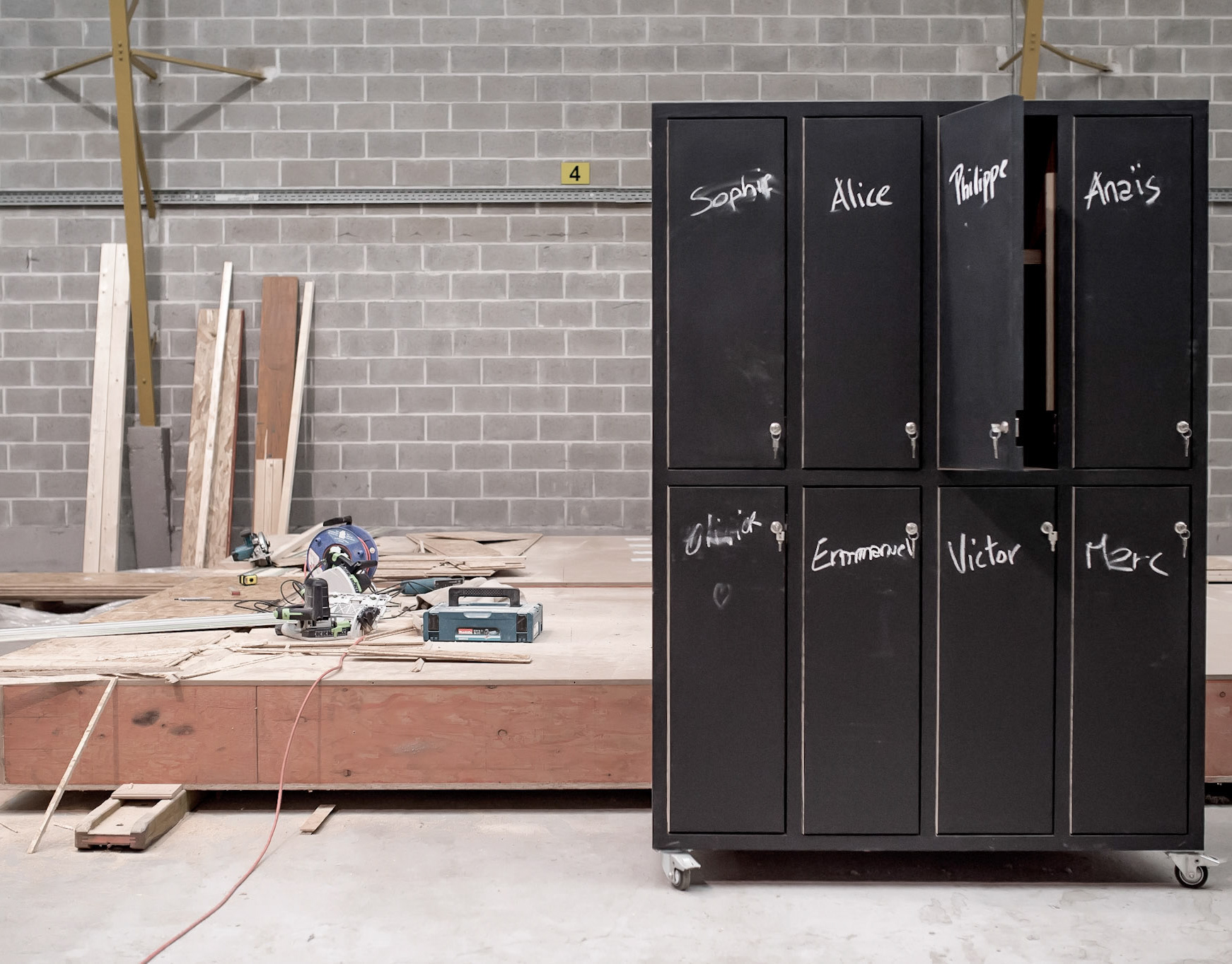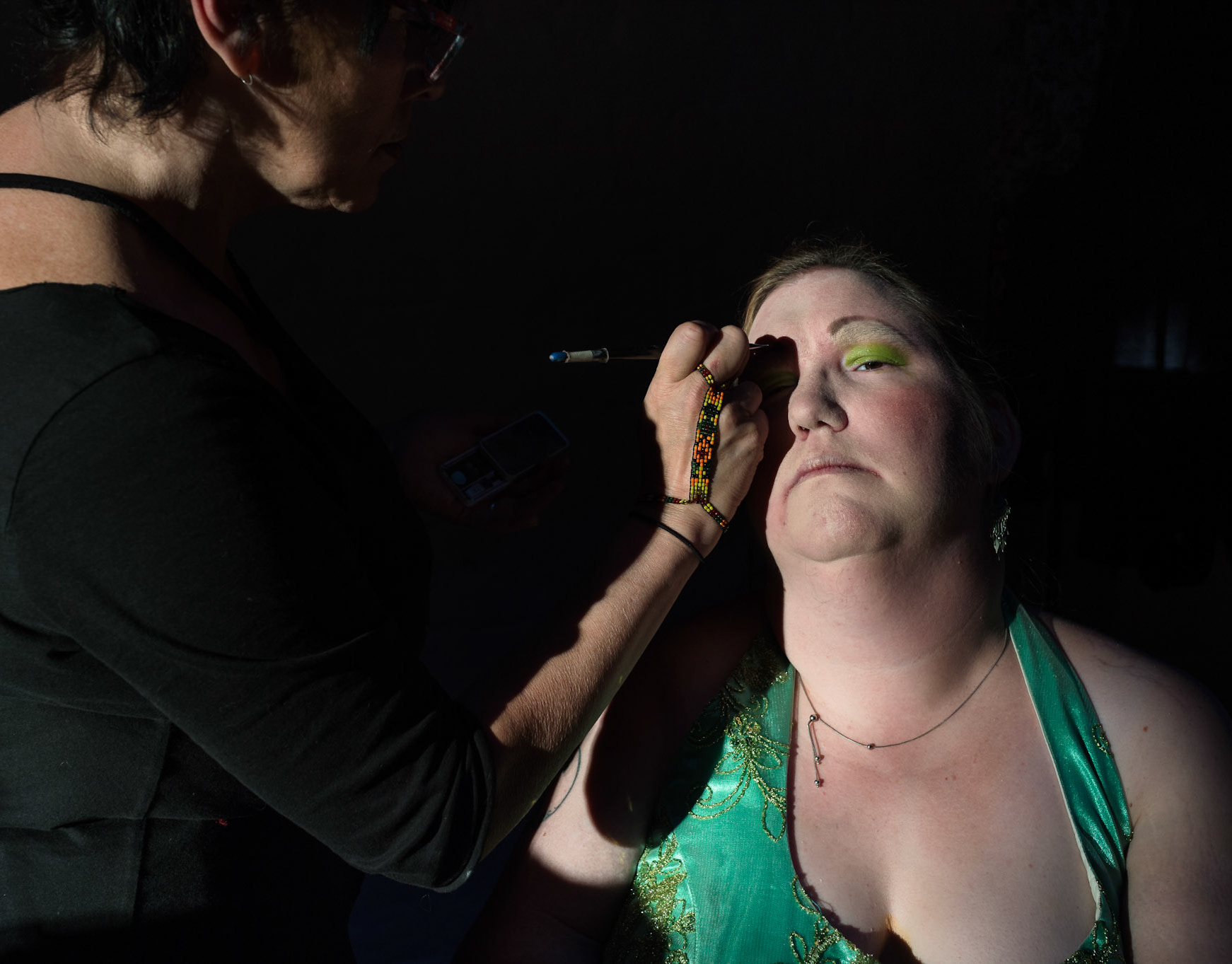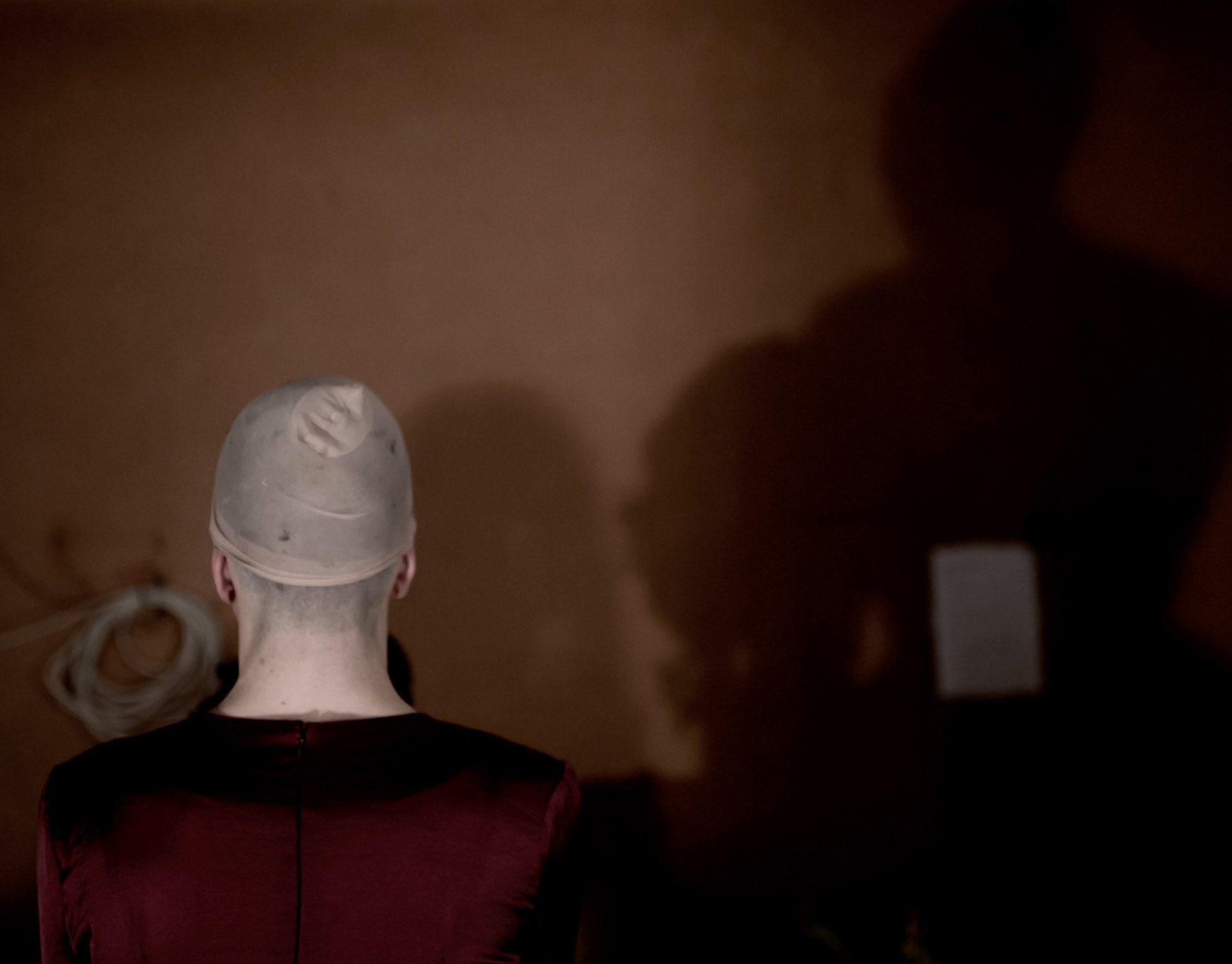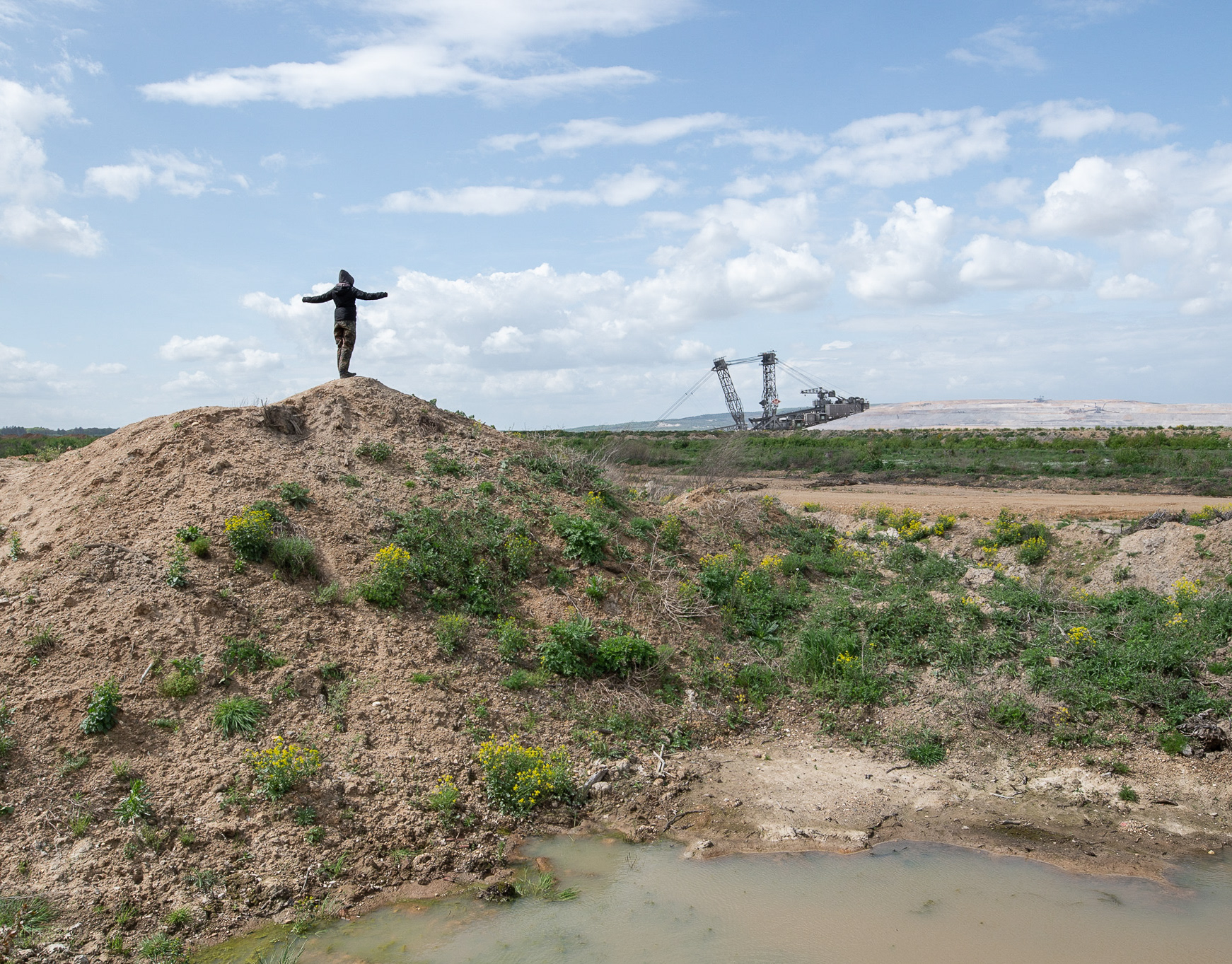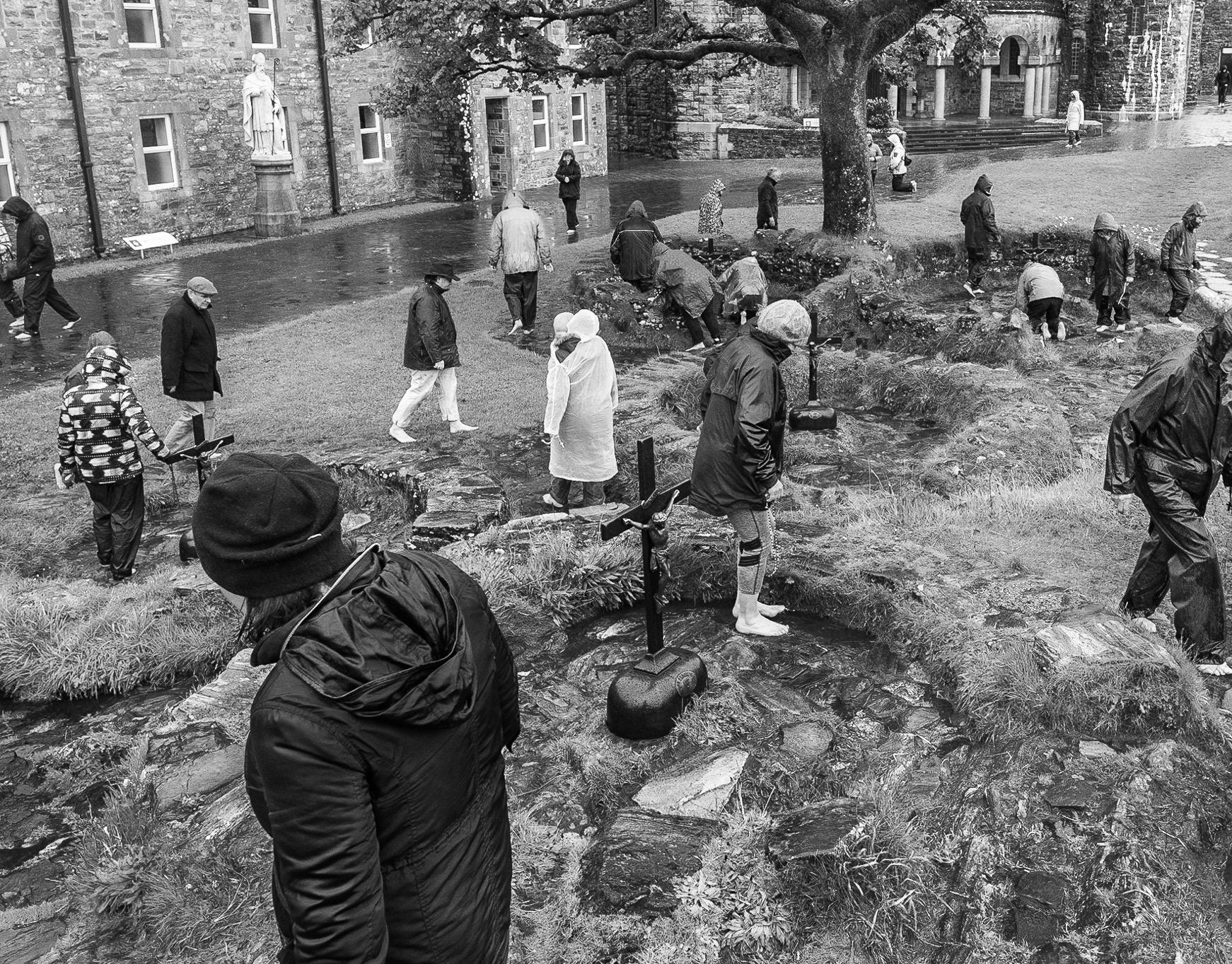Foylemore Oysters, founded over 30 years ago faces severe economic consequences post-Brexit. The lough remains disputed territory since 1922. Will this be another Brexit saga in the making?
On the road connecting Belleek and Pettigo, the border meanders in and around these typical border towns. Close to border pub, The Cross, the overgrown remains of a railway bridge straddles the border with the Republic.
On the road to Kiltyclogher, Co. Leitrim the regular clues for identifying border crossings become more challenging. A farmer was able to point me in the right direction: “somewhere around that second tree in the distance, there is a tiny stone bridge”.
Heading west towards Donegal, multiple border crossings are scattered throughout the rugged but stunning landscape. Another tiny stone bridge marks the border, southwest of Ballybofey, between Co. Donegal and Co. Tyrone.
Noel is a retired lorry driver. He works on his piece of land at what is called: “The “Point” at the very end of Seegronan Road in Co. Tyrone. The border runs through the middle of a field. Only trees, wind turbines and unhardened country roads full of ditches and tyre exploding holes make up the landscape. He recalls that local cattle smuggling was a thriving business in the 1930s.
Outside Pettigo, close to Boa Island, one risks ending up in Lower Lough Erne where the road abruptly comes to an end at the border. Boa Island is named after Badhbh, the Celtic goddess of war.
The wind turbines of Co. Tyrone seen from the region South of Killeter and Lough Derg. The countryside, in its remoteness and bucolic character, is a quintessential example of the landscape through which the border meanders.
The region northeast of Belleek, between Bradieve Mountain and Breesy Hill, hides a typical border crossing where, if there had not been a road sign, the change in tarmac would have given it away. On the right, the partially submerged fence is another indication of its path.
Lackey bridge, connecting Co. Fermanagh (NI) with Co.
Monaghan (Republic), played an iconic role during the Troubles. “It cut people off from their neighbours. People from the north simply never came south. And there were a lot of killings because the killers would know how to get across and get away quickly” – Cólm Tóbin, author of “Walking along the border”.
View from Rostrevor, Co. Down on Lough Carlingford, where a few kilometres further northwest, the border stops in Warrentpoint. In the far distance the Irish Sea and Greencastle appear.
Shaun Doherty is the voluntary unofficial caretaker of the Killae water reservoir. The border runs through the middle. The square metal plate in front of him marks the border. Brexit and border controls give him a good laugh. – Killae Water Reservoir, Altaghaderry Carrigans, Co. Donegal.
Paul and his daughter Caitlin live along a small country road where Paul runs his farm. Brexit for him, as for many farmers in Northern Ireland, is a senseless political gaffe with potentially disastrous financial consequences for the agricultural sector. – Manger Road, Belleek, Co. Fermanagh.
20-years-old Nigel works on Howard Pollock’s farm. On the question of Brexit, he replies: “that would be bad for the sheep. Getting them to the South where they graze, and back, would become a problem.” Farming is done in the North but the grass is literally greener in the South. – Castlederg region, Co. Tyrone.
Megan is 11 years old. Her father is from Blacklion, her mother from the North. They live in Belcoo. Belcoo is connected to Blacklion via a border bridge. She admits that Brexit is all too complicated. On the questions of unification, she replied: “yes please”. She rejects the idea of needing a passport to visit her granny and cousins in Blacklion. – Belcoo, Co. Fermanagh.
Declan has been running his family owned truck repair business since 1990. Defiantly, he mentions that the border-bustlers will be back if there is ever going to be a border again. He also fears that he might need to close shop if Brexit keeps impacting the exchange rate. – Border crossing Mid Ulster, Co. Monaghan.
Brian Smith is a retired physician and bog oak sculptor. The sculpture represents a united Ireland with its 4 provinces – Ulster, Leinster, Munster and Connacht – grouped around the city of Athlone. According to Brian Irish unification should be achieved through “osmosis”. – Knockatallan, Co. Monaghan.
Eamonn Fitzpatrick, 54 years old, has been running hardware and fuel store for the last 20 years. He feels the financial pressure as Brexit impacts the exchange rate. The border runs through the very middle of his site. Brexit is just a disaster in the making, he points out. – Clones, Co. Monaghan.
In Rostrevor, Michel met with 94-year-old Henry Kavanagh. A man who has seen the Troubles. When asked about Brexit, he replied: “they should leave it alone”, as he looked away and starred at the floor. – Fearons pub, Rostrevor, Co. Down.

